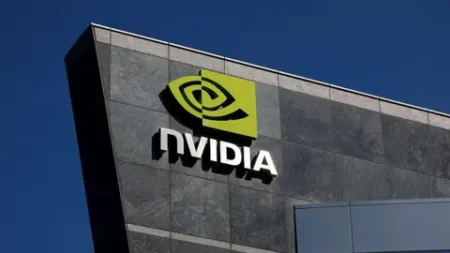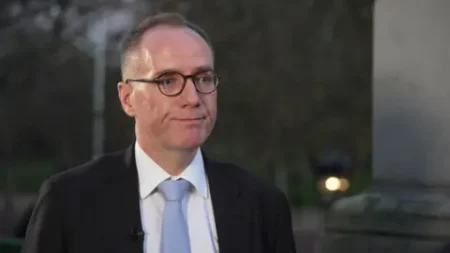In a significant move regarding youth access to social media, Australia has decided to incorporate YouTube into its groundbreaking ban designed to restrict minors’ interactions with various social media platforms. The Australian government previously indicated that YouTube would be exempt from this regulation; however, recent revisions have altered that stance. This social media ban, which aims at platforms including TikTok, Instagram, Facebook, X, and Snapchat, is set to commence in December.
Under the newly established rules, while young people will still be permitted to view videos on YouTube, they will not be able to create accounts or engage with content through actions such as commenting or uploading their creations. This decision stems from increasing concerns regarding the impact of social media on the mental health and well-being of children.
YouTube, owned by technology giant Google, argued that it should remain exempt from this legislation, citing the platform’s perceived value and benefits for younger audiences. According to a statement released on Wednesday, representatives from YouTube emphasized their belief that the platform does not qualify as traditional social media, further defending their position in the debate surrounding youth access.
The response to the potential ban on YouTube is indicative of a broader dialogue on the impact of digital platforms on youth. Global attention is now focused on Australia as a trendsetter in youth protection legislation. Nations like Norway have begun to contemplate similar measures, while the United Kingdom has also announced that it is reviewing its policies in light of Australia’s initiative. This international response underscores the importance of protecting children from the detrimental effects of digital interactions, as noted by Australian Prime Minister Anthony Albanese during a press conference.
Albanese remarked, “Social media is doing social harm to our children, and I want Australian parents to know that we have their backs,” reinforcing the government’s commitment to this legislation. He acknowledged the ban as not being the ultimate solution to the issues posed by social media, yet he articulated confidence that it would contribute positively to children’s safety.
Recent findings by Australia’s eSafety Commissioner, Julie Inman Grant, declared YouTube as “the most frequently cited platform” where children aged 10 to 15 experienced exposure to harmful content. In the wake of these recommendations, YouTube expressed a willingness to engage further with the government, contemplating its next steps amid the proposal.
Notably, there were reports indicating that Google was contemplating legal action against the government should YouTube be included in the ban, claiming that such sanctions would undermine political freedoms. In contrast, Federal Communications Minister Anika Wells highlighted the necessity of balancing technological advancement with the imperative to shield children from harmful algorithms, stating, “There’s not a place for predatory algorithms targeting children.”
Wells emphasized her metaphorical description of protecting children online as akin to teaching them to swim in the ocean fraught with dangers, comparing it to a more controlled environment like a municipal pool. She defended the government’s unwavering stance, asserting, “We can’t control the ocean, but we can police the sharks.”
Exemptions from the ban will allow for certain online engagements, such as gaming, messaging, educational tools, and health applications, which are viewed by the government as posing less risk. Violations of this new framework may result in hefty fines, reaching up to A$50 million (approximately US$32.5 million) for non-compliance regarding age restrictions. Tech companies will be mandated to deactivate existing accounts, prohibit new account creation, and rectify operational errors that might allow minors to bypass restrictions.
As legislators finalize the parameters of this ban, more comprehensive details will be presented to federal parliament soon. The unfolding situation stands as a pivotal point for digital policy not only in Australia but potentially worldwide, as governments grapple with the intricate balance between liberty in digital spaces and protecting the vulnerable youth population from online dangers.











